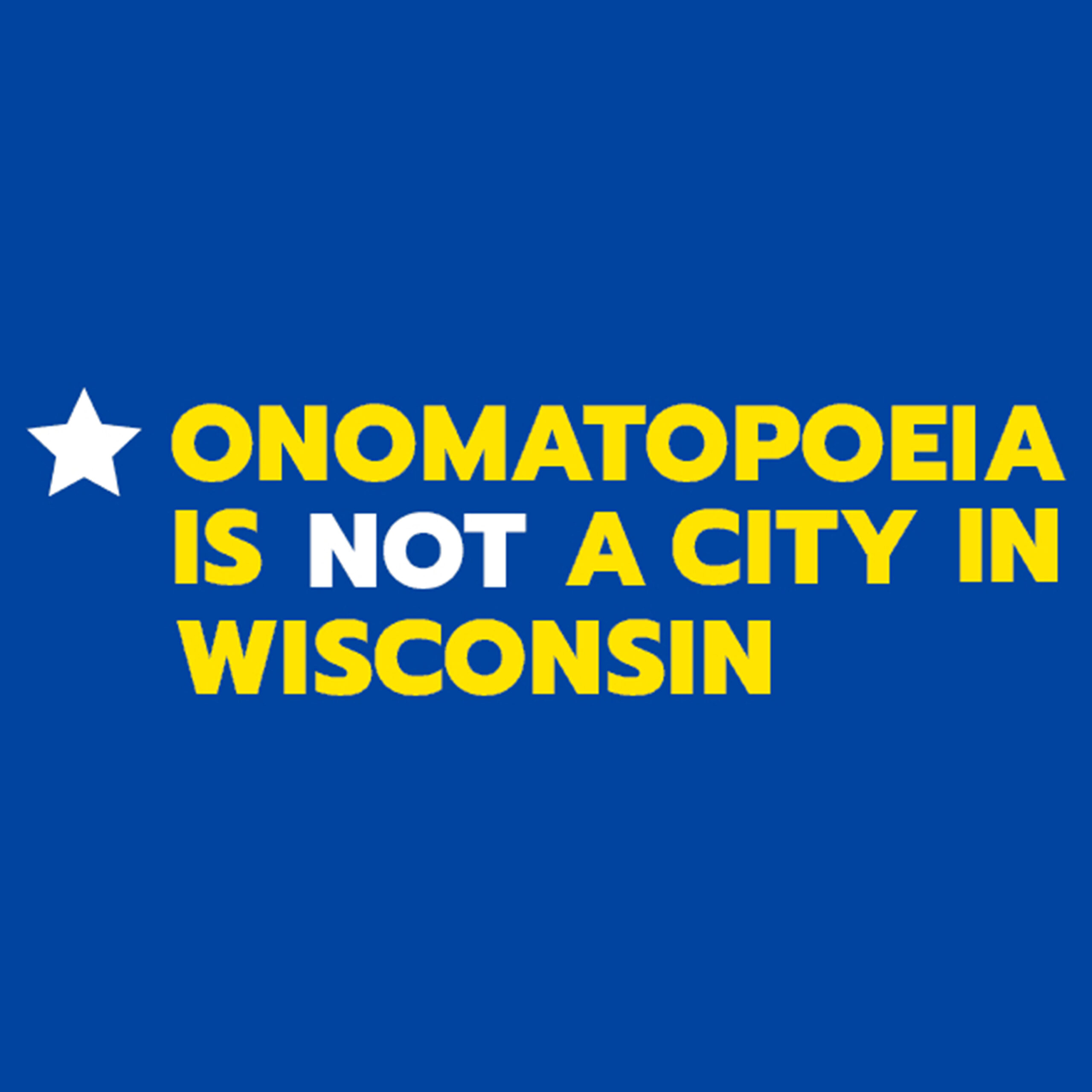
Wanna Talk Good-er? Write Less
June 15, 2023
Will AI Steal the Spoken Communication Crown?
March 7, 2024
The Vehicle of Enunciation

By: Michael Chad Hoeppner
Published: September 6th, 2023
Happy End of Summer!
At GK Training we took a bit of a break from reading our newsfeeds this summer. Hopefully you found some time to do the same.
In that break, though, there was a communication-themed story we missed that we thought was worth bumping back to the top of your inbox.
This article from the NY Times examines how people can make similar guesses as to the meanings of made-up words based on how the words sound. If you want to take the test, do! But the article surprisingly leaves out one obvious reason as to why test-takers make the same guess: onomatopoeia. That’s right – remember that term from high school English class? Onomatopoeic words sound like the things that they are. “Slap,” “bang,” & “crunch” are all examples.
But it’s not just about understanding a word’s meaning; it’s also feeling its meaning. Ask yourself why this list of violently percussive words are violent…
Stick
Snake
Shake
Crack
And why this list of gentle, rounded words are such:
Love
Hue
Sail
Free
Enunciation is the vehicle through which onomatopoeia works. Speakers who know, recognize, and use this are at a tremendous advantage. If people don’t hear the percussive sounds of your enunciation, they can’t receive the onomatopoeic effect of your sounds.
“Bouba” feels different in your mouth and sounds different to your ears because of those round open vowels.
“Kiki” feels sharp because of all the hard impacts your tongue makes contacting the roof of your mouth.
Take the Times quiz and ask yourself this – how do these words feel in my mouth? Sounds like K, P, T, and J – sounds that happen a singular time and are created by our enunciators moving apart (our lips, tongue, teeth) – can feel percussive, explosive, even violent. L, V, M – sounds that can be sustained and are created by our enunciators coming together – can feel soothing. If you ask people to choose the meaning of made-up words, how those words feel in the mouth is as good a guide as any.
What’s the lesson? Note the power of onomatopoeia in your day. If you’re telling people to slow down and take their time on a project, notice that the onomatopoeia of the word “time” itself can imply that very thing: a diphthong vowel (two sounds, not just one) followed by a final voiced consonant (M) that can be sustained into infinity. The word time takes tiiiiiiiimmmmme.
Enunciation an issue for you? I wrote a book on communication that will be coming out in the next year and in the chapter on enunciation I give readers a list of M words and challenge them to say each with distinction. I’ll give you a sneak peek at two on the list: Mop and Mob. Test those two out loud right now. If your enunciation isn’t dynamic enough, you might end up cleaning a floor rather than cleaning up crime.
To take your enunciation practice one step further, try recording your thoughts in GK’s free app, Question Roulette. Did the transcription come through correctly? If the AI can understand you accurately, you’re on the right track…
As Always – Happy Learning,
Michael Hoeppner and the GK Training Team
P.S. In reference to our title, check out these Texans having a hard time pronouncing places in Wisconsin – and have some fun trying it yourself!
P.P.S. Wanna share the Good Talk? Feel free to forward to a friend or colleague, and then they can sign up directly if they’d like.




